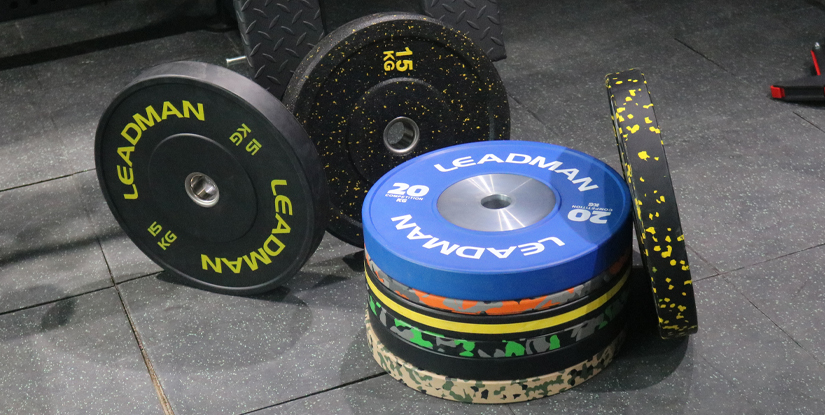Wide Lat Pull: Technique, Variations & Equipment Guide

Wide Lat Pull: Efficient Back Development
The wide lat pull is a foundational pulling exercise that targets the latissimus dorsi while engaging the rhomboids, teres major, posterior deltoids, and the biceps as synergists. Executed correctly, it develops a wider, more powerful upper back and improves posture and shoulder stability. This article outlines technique, equipment considerations, programming, common mistakes, variations, and maintenance to help athletes and gym operators maximize results safely.
Muscle Focus and Biomechanics
The primary mover is the latissimus dorsi, which produces shoulder extension, adduction, and internal rotation. A wide grip emphasizes the outer fibers of the lats and increases scapular depression and retraction demands. Secondary muscles include the middle trapezius, rhomboids, posterior deltoids, and the elbow flexors. Controlled scapular movement and thoracic position are critical for efficient force transfer.
Proper Technique
- Set up: Adjust the seat and thigh pad so the torso is stable and feet are flat. Choose an appropriate resistance that allows technical precision for the target rep range.
- Grip: Use a wide, overhand grip on the bar—wider than shoulder width—to bias the outer lats. Hands should be symmetrically placed and wrapped securely.
- Starting position: Sit upright with a slight natural arch in the lower back. Depress and slightly retract the scapulae before initiating the pull.
- Execution: Lead the movement with the elbows, pulling the bar down toward the upper chest. Maintain a steady torso angle and avoid excessive leaning or momentum. Pause briefly at full contraction while squeezing the scapulae together.
- Return: Allow a controlled, full-range eccentric return until the arms are nearly extended while retaining tension in the lats. Avoid fully locking the elbows to preserve joint tension.
Programming Guidelines
- Strength focus: 4–6 sets of 4–6 reps with higher load and full recovery (2–3 minutes).
- Hypertrophy focus: 3–5 sets of 8–12 reps with moderate load and 60–90 seconds rest.
- Endurance/conditioning: 2–4 sets of 15–20 reps with lighter load and shorter rest.
- Frequency: 1–3 sessions per week depending on overall training split and recovery.
Common Variations
- Wide-grip pulldown (cable machine): Standard alternative when a lat pulldown station is available.
- Wide grip on a seated row machine: Emphasizes the same muscle group with different loading and torso position.
- Assisted wide pull-up: Bodyweight progressions for functional carryover and core engagement.
- Neutral-grip wide pull: Uses a V-bar or neutral handles to reduce shoulder torsion for users with discomfort.
Common Technical Errors
- Using momentum: Excessive torso lean or rapid jerking reduces lat activation and increases injury risk.
- Overreaching range: Pulling behind the neck or excessively forward tilting the head can strain the shoulders and cervical spine.
- Incomplete scapular control: Failing to initiate from a scapular depression/retraction pattern shifts load to smaller muscles.
- Elbow dominance: Letting the biceps take over will limit lat stimulus and reduce carryover to horizontal pulling strength.
Equipment Selection and Maintenance
Lat pulldown stations, cable machines, and adjustable bench systems should offer smooth, predictable resistance. Inspect cables, pulleys, and attachment points regularly. Replace frayed cables, lubricate pulleys per manufacturer recommendations, and ensure weight stacks move freely. For commercial environments, choose machines with reinforced frames and replace grips when worn to preserve athlete safety and comfort.
Programming Integration and Progression
Integrate the wide lat pull into upper-body or pull-focused sessions. Progress by increasing load, adjusting tempo to include slower eccentrics, increasing time under tension, or adding paused reps at full contraction. Complement with horizontal rows, pull-ups, and posterior chain work to create balanced back development and reduce injury risk.
Coaching Cues
- “Lead with the elbows” to encourage lat-driven motion.
- “Chest up, shoulders down” to maintain thoracic extension and scapular depression.
- “Control the return” to maximize eccentric loading and muscle stimulus.
Safety Considerations
Warm up the shoulders and thoracic spine before heavy pulling work. Avoid behind-the-neck variations. Individuals with shoulder instability, impingement, or cervical issues should use modified grips and reduced ranges of motion. Prioritize technique over load to minimize long-term joint stresses.
FAQs
- Q: Is wide grip better than close grip for lats? A: Wide grip emphasizes outer lats, while close grip recruits lower lats and biceps more.
- Q: How often should I train wide lat pulls? A: 1–3 times weekly, adjusted for recovery and overall volume.
- Q: Can I do wide lat pulls with resistance bands? A: Yes—bands mimic the movement but alter loading curve and tension profile.
- Q: Should I use assisted pulldowns if I can't do pull-ups? A: Yes—assisted variations build strength and technique for eventual pull-ups.
- Q: Is behind-the-neck pulldown safe? A: Generally no—this increases shoulder and cervical strain; stick to chest-level pulls.
- Q: How many sets are optimal for growth? A: For hypertrophy, 12–20 weekly sets per muscle group across exercises is effective.
- Q: What grip width is ideal? A: A grip slightly wider than shoulder-width targets the outer lats without compromising shoulder safety.
- Q: Can wide lat pulls help posture? A: Yes—strengthening scapular retractors and lats supports upright posture when combined with mobility work.
- Q: When should I reduce load? A: Reduce load if form breaks down, pain appears, or recovery is insufficient.

